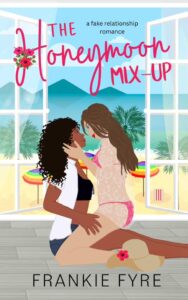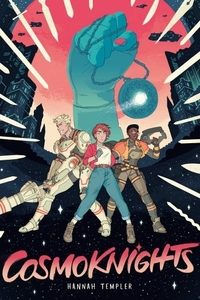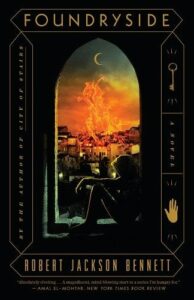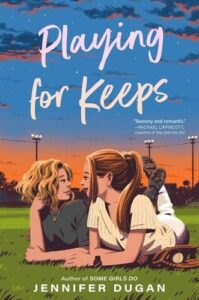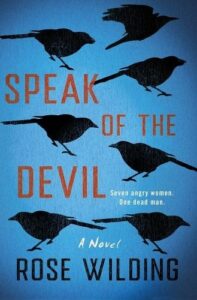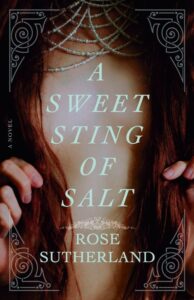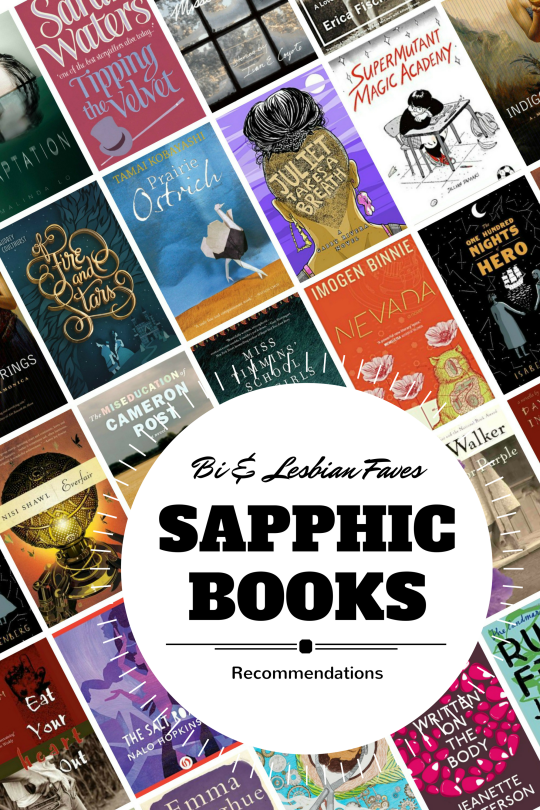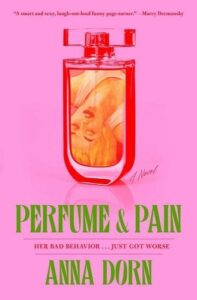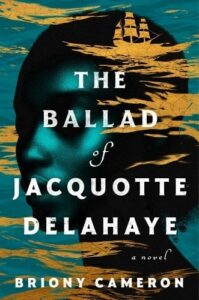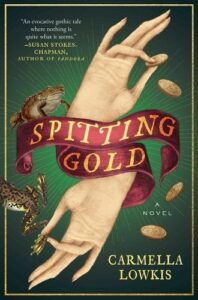Buy this from Bookshop.org to support local bookstores and the Lesbrary!
Before my summer break ended, I decided to read a romance that gives off tropical vacation vibes. For this, I chose The Honeymoon Mix-up by Frankie Fyre, a fake romance set on the fictional Sapphire Isle, a resort dedicated solely to sapphic women. The Honeymoon Mix-up tells the story of Basil Jones, a woman recently left at the altar by an ex-fiancée exasperated by Basil’s workaholic ways, and Caroline King, a private investigator hired to tail Basil. After sharing a one-night stand with Caroline that Basil hopes to put behind her forever, she decides to go on her honeymoon alone so that she can still close the wine deal her mom sent her there to complete. Upon finding out that the resort has a strict couples-only policy, she enlists Caroline as her fake wife. Eventually, though, lines become blurred and the women begin to wonder if there is something more between them.
I will be honest, it took me a while to get into the book. I think my main hindrance was that I found Basil to be annoying. She’s bitter and unhealthily devoted to her work. In fact, there were parts where I totally understood why her ex-fiancée left her. Over time, though, Basil grew on me. I began to see how her overbearing and unrelenting mom drilled into her that all that matters is the family business. By about halfway through the novel, I found myself empathizing with Basil and rooting for her to find love and happiness with Caroline and escape her mother’s grasps.
The Honeymoon Mix-up is filled to the brim with plots and subplots. You have the main story of Basil and Caroline becoming more than fake newlyweds. Then, you have Basil’s issues with her mom, Basil’s attempt to seal a wine deal with the resort, a sapphic Olympics competition against one of Basil’s hated high school rivals, Caroline’s conflict between love and her job, and Caroline’s past relationship trauma. It was a lot to keep track of, and within the relatively short length of the book, it felt at times that none of the subplots got their adequate space. None of them were left unresolved and all had some impact on the finale, but at the same time, none of them hit their emotionally devastating potential, which is a shame. Also, because most of these subplots were Basil’s, it often felt like her story rather than both hers and Caroline’s.
Despite these drawbacks, I still enjoyed The Honeymoon Mix-up. Basil and Caroline, once they get over their issues, have fantastic chemistry in and out of the bedroom. Watching them get over their issues and fall in love was delightful. As I said earlier, I liked seeing Basil’s development from workaholic controlled by her mother to someone willing and able to forge her own path. The book is also very funny, with a lot of the humor coming from Frankie Fyre’s writing and dialogue.
For me, the biggest strength of The Honeymoon Mix-up is how it celebrates the diversity of the queer experience. Caroline is Black and comes from a polyamorous family. Sapphire Isle is a safe and welcoming place for sapphic couples to spend time together and find community. It is located in Thailand and is predominantly staffed by Asian women. The owners, Mae and Lynn, are an older mixed race lesbian couple who help Caroline and Basil by sharing their experiences earned with age. Between all of this and the little funny sapphic in-jokes, it felt like a true celebration of what makes queer life in general and sapphic life specifically so great. In addition, I loved Lynn and found her to be the true MVP of the story and possibly one of the best side characters I have read in sapphic literature. I would absolutely take a relationship course with her.
So, despite some issues I had with it, I found The Honeymoon Mix-up an enjoyable fake relationship romance that would make an excellent beach read. Now, I just need to find the beach!

